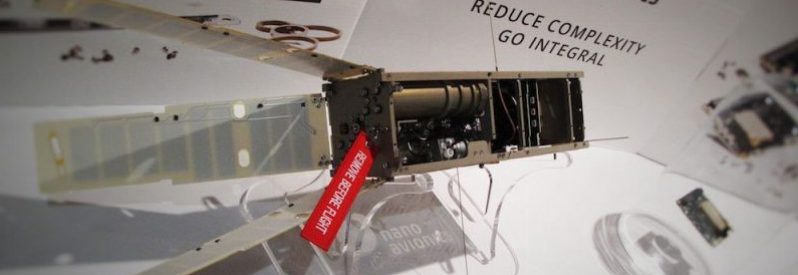In 2017 NanoAvionics together with Vilnius University collaborated on launching LituanicaSAT-2 satellite. LituanicaSAT-2 was a 3U CubeSat intended for the scientific mission of the “QB50” – a constellation of 50 CubeSats. The “QB50” project was led by the Von Karman Institute (VKI) for fluid dynamics (Belgium), under the European Commission’s research and innovation program FP7 (2007-2013). The project involved 50 institutions all over the world each building their CubeSats that were launched into space during the “QB50” mission.
Main highlights:
- The scientific aim of “QB50” was to carry out atmospheric research within the lower thermosphere (altitude between 200 and 500 km), which is the least explored layer of the atmosphere.
- Despite direct “QB50” aim, the LituanicaSAT-2 mission was particularly important for NanoAvionics, because the innovative propulsion system prototype for small satellites developed by NanoAvionics was successfully tested during this mission.
- This mission was designed to provide long-term multipoint, in-situ measurements. The scientific contribution of the LituanicaSAT-2 was to accomplish the molecular Oxygen measurements Flux-Φ-Probe Experiment (FIPEX).
- Following a rigorous testing programme, the LituanicaSAT-2 with satellite number LT01 was launched by the PSLV launch vehicle on 23rd of June, 2017. The satellite was deployed in the sun-synchronous orbit, at an altitude of 507 km.

LituanicaSAT-2 prototype presentation
